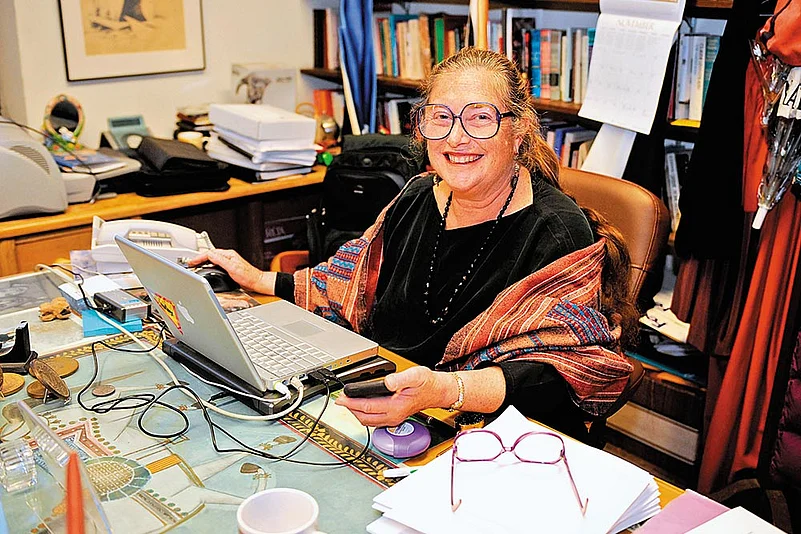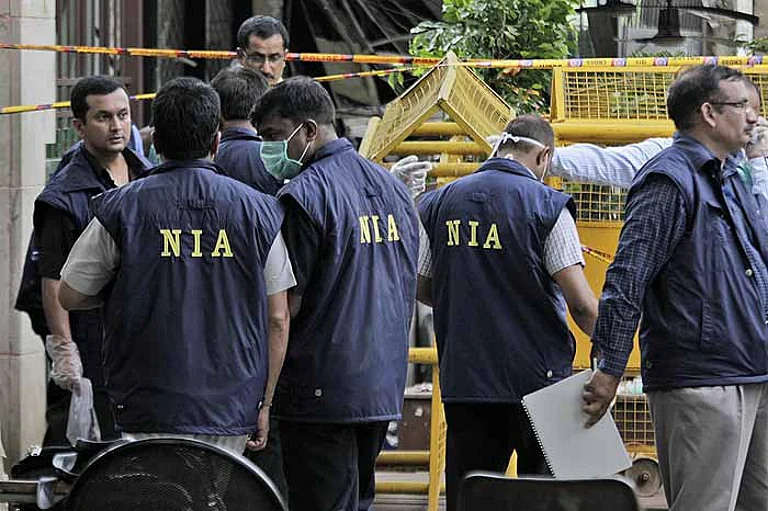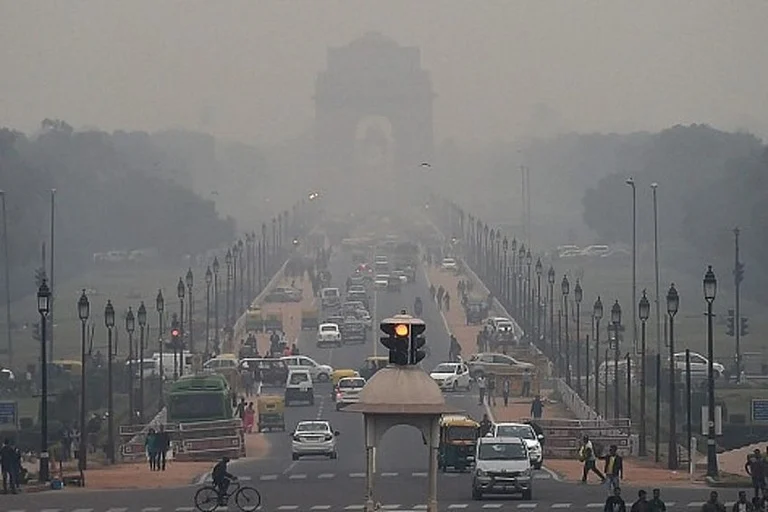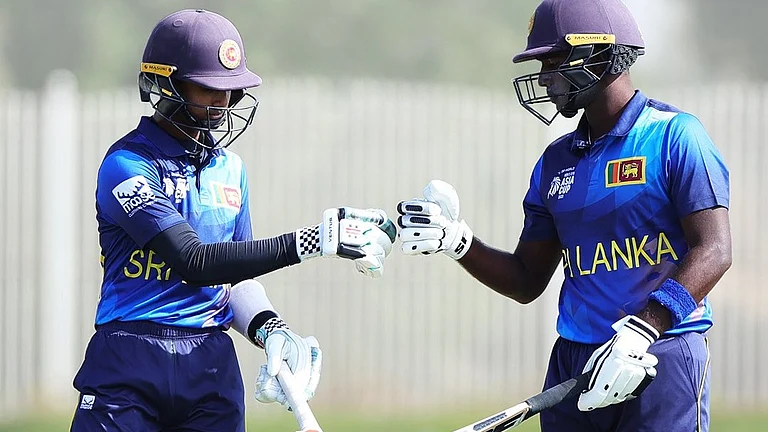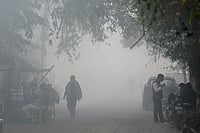Wendy Doniger is an eminent Indologist and Sanskritist at the University of Chicago and has written extensively on ancient Indian religious and cultural history over the last four decades. She is well known in India, where some of her books are included in reading lists of several universities. But another kind of celebrity occurred in 2009, with the publication here of her book The Hindus: An Alternative History. Some of her comments in it sparked a shrill public controversy, with protests and rejoinders that eventually led its publisher to pulp the book. Any relevance of this background for the book now under review should be clearer in the near future.
As evident from the book’s title and preface, it is broadly in continuation of the author’s research, first formulated in her thesis at Oxford, on The Origin of Heresy in Hindu Mythology. That subject is examined further here. It focuses on three texts from ancient India: Manusmriti, Arthashastra and Kama Sutra. These were regarded as authoritative expositions respectively on Dharma, Artha and Kama, the three aims of human life often expounded in other old texts also.
Among the three aims, “Artha and Kama are in direct conflict with certain aspects of Dharma from the very start”. The textual format of Arthashastra, with prose passages concluded by verses, is similar to that of the slightly later Kama Sutra. But the earlier Manusmriti is totally in verse. On the substantive side, the first two also project a similar world-view, which differs with that of Manusmriti. As an example, Doniger points out with textual quotations that they agree closely with each other and differ sharply with Manu in their attitudes towards people marginalised in ancient Indian society.
As for relations between the sexes, Doniger agrees that “both texts accept the concept of eight forms of marriage as set forth by Manu”. However, in the Arthashastra, as she says, “sex is merely the background for political power, whereas in the Kama Sutra, political power is merely the background for sex”. She also examines some other aspects of dharma and its contradiction, which she calls ‘adharma’, as mentioned in the two texts she has compared with Manusmriti. The former has three aspects: the moral and ethical, the social for different classes of people, and the theological that involves faith. Adharma is its opposite. Both Arthashastra and Kama Sutra, she says, “begin and end with statements ranking dharma ahead artha and kama”. But both statements are contradicted by others in the same texts. In Doniger’s words, “Both deviated significantly from dharma in ways that amounted to a covert attack”.
In social terms, dharma is clearly the established order in Doniger’s projection. However, it did not exclude sceptical thinking. This leads to her description of scepticism and materialism in ancient India, and the schools of thought called Lokayatika and Charvaka that elaborated it. Their texts are no longer available, and now known only through quotations and contradictions given by other ancient writers. Doniger quotes from the Mughal emperor Akbar’s minister Abul Fazl, who met Charvaka followers of the time and wrote about their thinking. “The great Charvaka contribution,” she says, “is the unquenchable thirst of challenging the dominant paradigm”.
Doniger then comments on dissent in the history of modern India. She starts with colonial influence, leading to both opposition to and reinvigoration of, orthodoxy. In present times, she says, the spirit of dissent, first nourished by the scientific temper of Arthashastra and Kama Sutra, and then by Charvaka scepticism, “has now come up against a new incarnation of the forces of repressive dharma, now supporting pseudoscientific claims”.
The complex relationship between science and religion in India, the author says, took a sharp turn to the right under the impetus of Hindutva and its followers, whom she calls ‘Hinduvats’. In her view, the present government’s approach to Hinduism and its ‘eternal dharma’ seeks scientific authenticity in religious rather than scientific texts from the past. A number of revisions have been suggested in textbooks, that include “outlandish claims about the history of science in India, often producing weird anachronisms”, such as claims on aeronautics and plastic surgery.
The book thus goes beyond being just a readable, informative and well researched account of ancient India’s history and culture. It concludes with sharp political criticism of its present government and leaders. If and to what extent this may create any controversy, as did the earlier book, remains to be seen.
(The author is a well-known translator of Sanskrit classics. His latest is that of Kalidasa’s Ritusamharam. )






